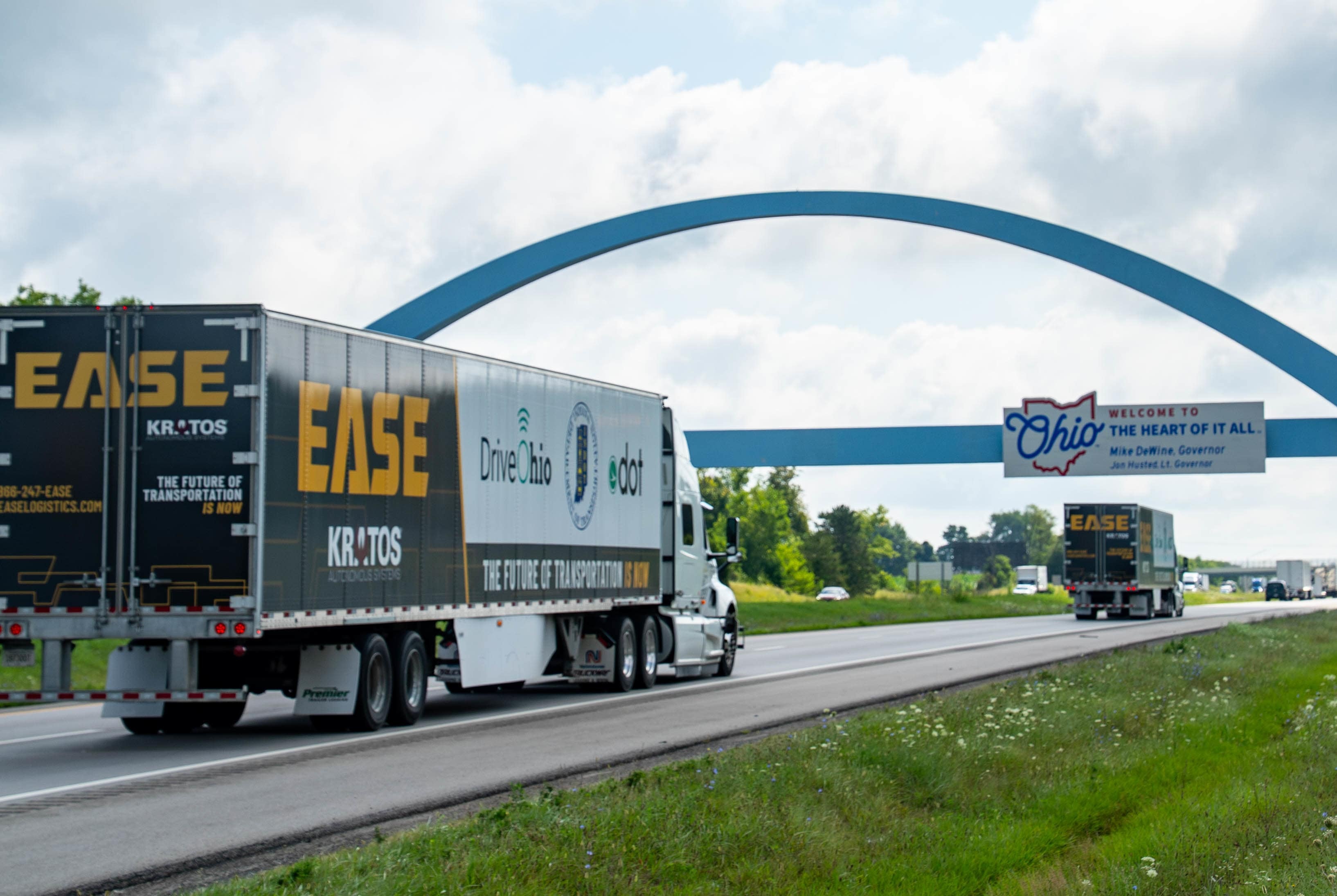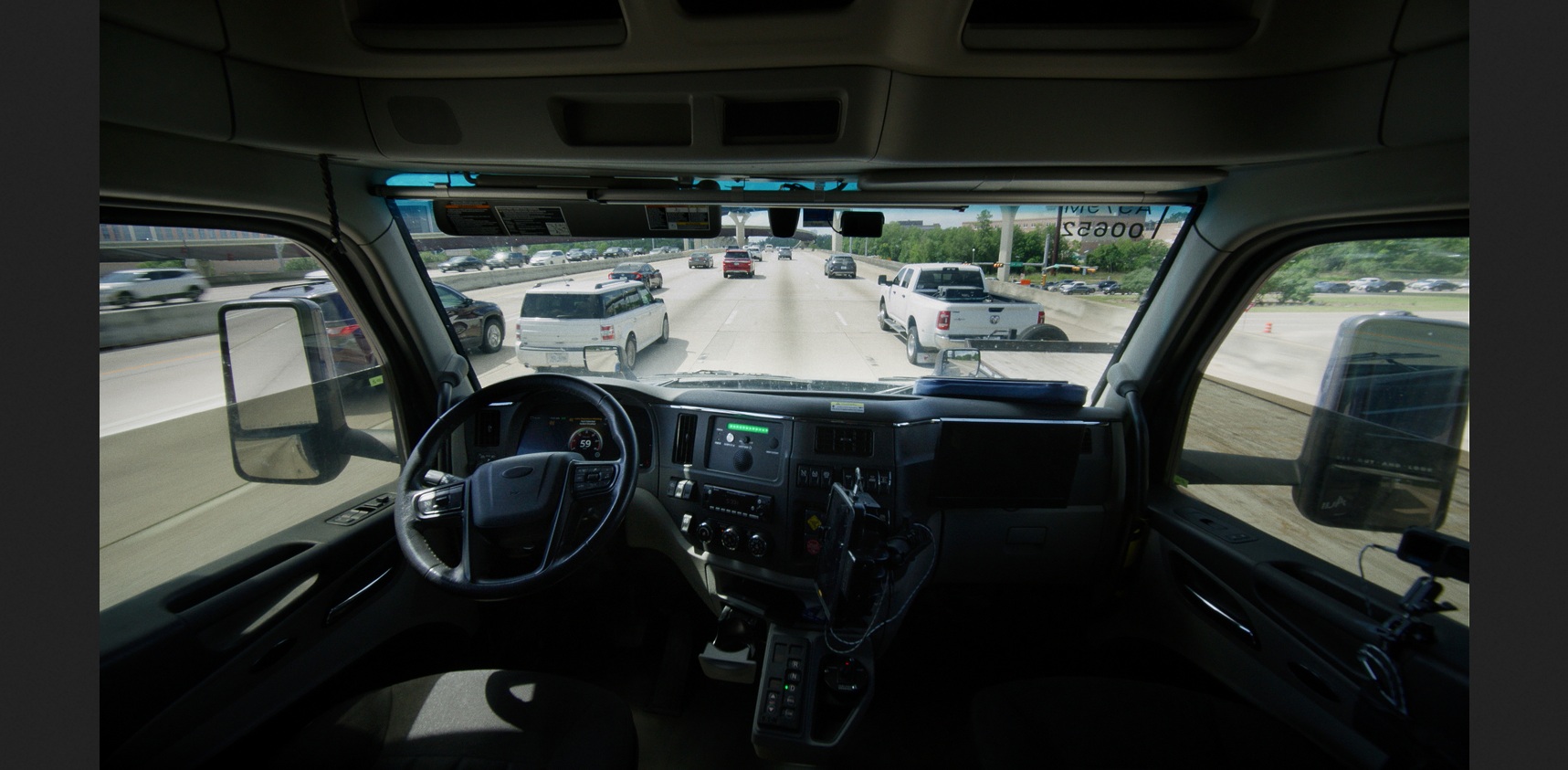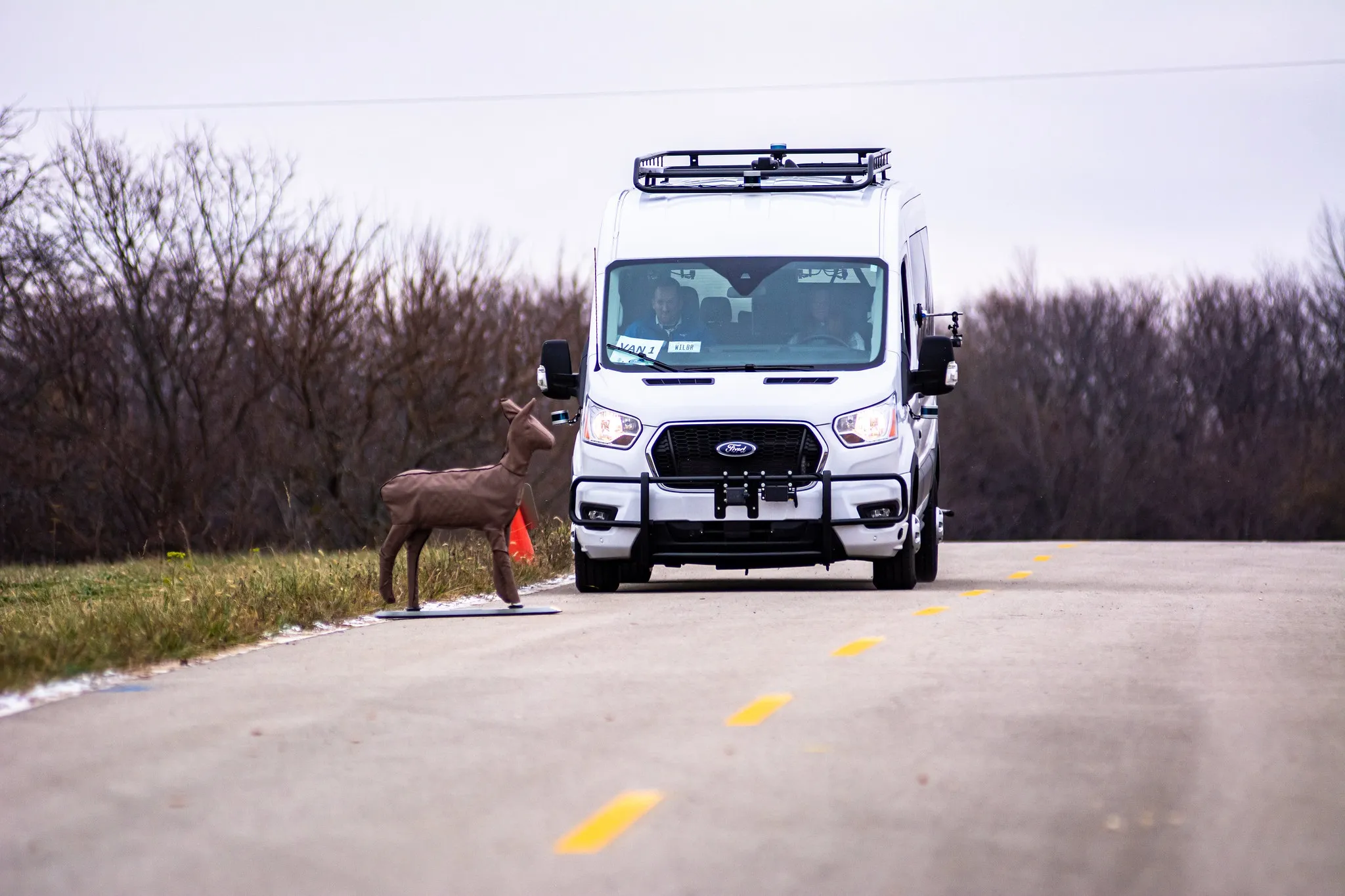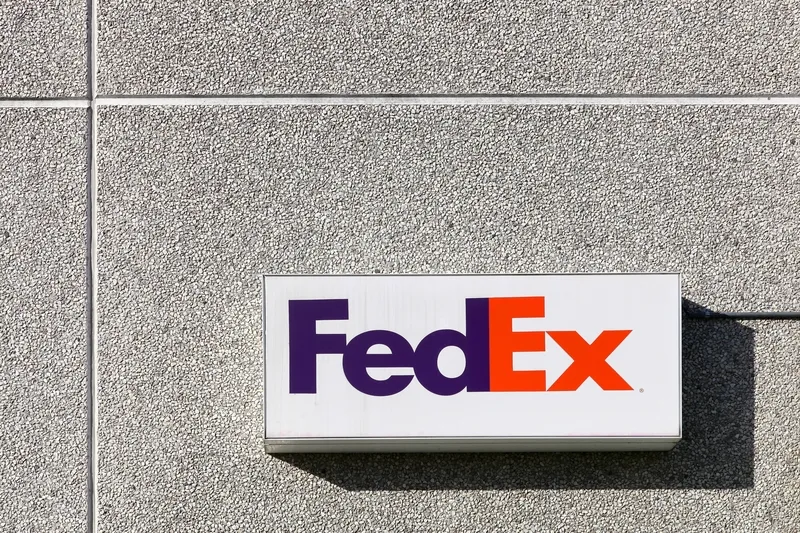
Most drivers on the Interstate 70 hardly notice two large trucks trundling closely together along the four-lane highway between Ohio and Indiana. But the following truck from Ease Logistics is at times driving semi-autonomously, platooning behind a lead truck, also from Ease.
The pair of vehicles are regularly travelling the I-70 between Columbus, Ohio, and Indianapolis, Indiana - a 175-mile (280km) trip - delivering shipments for Ease.
The duo of tractor-trailer units is part of the I-70 Truck Automation Corridor Project that started 14 April and will continue for several months. It is a collaboration between Ease, the DriveOhio initiative from the Ohio Department of Transportation (ODoT) and Indiana DoT. The goal is to advance the adoption of truck automation technologies in the logistics industry across the US Midwest states.

Funded in part by a grant from the US Department of Transportation, the multi-year $8.8 million project aims to deploy varying levels of automation - in this case Level 2 - and integrate these technologies into truck fleets’ daily freight-hauling operations. But the majority of automated vehicle testing to date has been done in regions with warmer and more predictable weather. It’s crucial to assess technology performance in adverse weather conditions to deliver the safety benefits of the platooning technology.
“Everything we do at ODoT is driven by safety,” says ODoT director Pam Boratyn. “We’re committed to reducing deaths on our roadways and vehicle automation technologies can be part of the solution. Many vehicles on the road today have some degree of automated driving systems including adaptive cruise control, lane-keep assist and automatic braking. All of these features are designed to improve safety and reduce driver stress.”
Lower-stress environment
Truck automation technology is one of many safety efforts underway, notes INDoT commissioner Lyndsday Quist. “In partnership with Ohio, our goal is to create a safer, lower-stress environment for all drivers.”
The Ease Logistics trucks are equipped with platooning technology provided by Kratos Defense that electronically links the two vehicles. It allows the driver of the lead vehicle to control the speed and direction of the second truck, enabling it to precisely follow the path of the leader. During portions of the I-70 trips, the following truck automatically steers, accelerates and brakes as part of testing the feature that will create safe, efficient operation and consistent vehicle coordination.
However, as a back-up during the runs, professional drivers remain in the driver’s seat of both trucks throughout the platooning deployment and can turn off the technology system and take over if needed.
“We’re committed to driving innovation in logistics with safety at the core of everything we do,” says Peter Coratola, Ease founder and chief executive. “Our work on the I-70 project is a clear example of that commitment. We implemented a ‘crawl/walk/run’ pre-deployment strategy that gradually increases the complexity and testing conditions.”
In partnership with DriveOhio, ODoT and INDoT, the project team first mapped routes without automation - the crawl - to identify GPS dead zones and identify road readiness. “We then fine-tuned systems with unloaded trailers - the walk - and finally tested with fully-loaded trailers - the run - to finalise calibrations,” explains Coratola. “This phased method minimised risk, enhanced system performance and ensured safety and efficiency in real-world operations.”
“We wanted to not only be in the conversation about autonomous technology and vehicles, but be a real part of it, see it in action, understand it and continuously improve”
Peter Coratola, Ease Logistics
Because the current I-70 project is the second involvement by Ease in deploying platooning, Coratola said there was no shortage of willing drivers who were aware of, and confident in, this type of technology. “We had four of our seasoned drivers sign up to be trained on the Kratos technology and go through over 250 hours of hands-on training before driving on open roads. Ease drivers see this as a way to enhance their skillset and be a part of something transformational in our industry. Importantly, the driver in the second truck is not just ‘riding’ along. They are in control and monitoring at all times.”
The trucks for the I-70 project are equipped with cameras and sensors for object detection that enable the following vehicle to automatically adjust its speed, or stop, if another vehicle or object moves in between the trucks. Because the following truck follows the lead truck at a closer distance than would be typical, both trucks have a purple light on the cab that is illuminated when they’re in platooning mode to alert law enforcement that they are digitally connected.
Improving roadway safety
The local police agencies are on board with the project. “This technology offers a complete safety system with redundancies that could make roadways safer. It is necessary that we continue to explore improving roadway safety,” says Ohio State Highway patrol captain Chris Kinn. “Unlike human drivers, automated vehicles do not drive impaired, text while driving, fall asleep at the wheel or recklessly speed. The goal of this technology is to take the human error out of the safety equation.”
Ease became involved in platooning work through an RFP (request for proposal) from DriveOhio to test autonomous truck technology in rural Ohio. “When the opportunity came up to expand this test with a different set of technology along the I-70 corridor between Ohio and Indiana, we jumped on board,” says Coratola.

For the I-70 project, it was important for the project that the routes be normal freight routes in order for Ease to gather data on how the platooning trucks perform versus a standard operating tractor-trailer. For most of the runs, both trucks are carrying freight. “This gives us the best data for real-world scenarios,” said Coratola.
“Ease has always been a human-driven, tech-enabled company. As part of our innovation priorities, we wanted to not only be in the conversation about autonomous technology and vehicles, but be a real part of it, see it in action, understand it and continuously improve. We are not going to sit on the sidelines and let others decide what is best for us and our customers.”
Platooning as a strategy
Founded in 2014, the young company has a history of ensuring it is part of the platooning future. Just before the launch of the I-70 project, Ease partnered with DriveOhio, ODoT, the Transportation and Research Center and Bosch to deploy automated and connected trucks on customer freight shipments as part of the Ohio Rural Automated Driving Systems (ADS) - a first such project in the US. Ease collected data to determine how automated semi-trucks can enhance safety for drivers, passengers and travellers in these settings. Ease customers which chose to participate had their freight delivered via AI-enabled trucks.
“This technology offers a complete safety system with redundancies that could make roadways safer. It is necessary that we continue to explore improving roadway safety"
Ohio State Highway patrol captain Chris Kinn
The focus for the ADS project was to introduce the technology into real-world conditions conducted across 32 counties in the eastern and southern regions of Ohio. The two trucks were electronically linked; the lead truck driver’s braking and acceleration were synchronised to the following truck. Using Vehicle to Vehicle (V2V) communication and automated driving systems, the driver in the following truck semi-automatically maintained a close, consistent formation with the lead truck. This meant that the platooning truck driver remained engaged, would monitor the system and be ready to take control if necessary.
A very helpful grant from the ODoT took care of the cost of the technology. “Ease contributed thousands of hours of work over the past few years to the ADS and I-70 project and has one full-time project manager on staff coordinating all the parties involved,” says Coratola. “It’s a commitment of time, money and passion that we are proud of.”
Ease seeks to act as a catalyst for meaningful change and establish itself - and the state of Ohio - as leaders in transportation innovation, which means investing heavily in smart and autonomous mobility technologies. “The advent of automated trucking is revolutionising the transportation landscape and supply chain management, influencing how goods are transported and how people commute,” says Coratola. “The findings from these endeavours will greatly influence the nationwide implementation and acceptance of automated trucking technology in the US.”
Later this year, ODoT and INDoT will release RFPs for additional deployments of automated trucks.
----------------------------------------------------------------
The road ahead in Ohio
Ohio is home to dozens of public and private entities all involved in the design, development, testing, use and regulation of automated, connected, electric and advanced air mobility technologies. DriveOhio, the state's centre for smart mobility and part of Ohio DoT (ODoT), fosters cooperation and collaboration within the transportation sector and offers companies faster access to resources.
Current work includes the 33 Smart Mobility Corridor - a 35-mile stretch of US Route 33, northwest of Columbus - which serves as a real-world proving ground for automated and connected vehicle technology. ODoT and local governments have equipped the road with fibre-optic cable and roadway sensors that instantaneously link researchers and traffic monitors with data generated from communication units installed in vehicles and along the roadway.
The 432-strand fibre network allows automotive testing, research and development and manufacturing facilities to deploy connected and automated vehicle technology on the road. Dozens of roadside units deliver real-time information to vehicles equipped with on-board units, enabling drivers to make safer decisions. ODoT is transforming the corridor from a facility to test dedicated short-range communications (DSRC) devices to one for cooperative Vehicle to Everything (C-V2X) devices that use a cellular signal to transmit messages instead of WiFi.
-----------------------------------------------------------------------------
Aurora starts self-drive delivery in Texas

Aurora Innovation recently launched its commercial self-driving trucking service in Texas, with regular driverless customer deliveries between Dallas and Houston.
To date, the Aurora Driver has completed over 1,930km (1,200 miles) without a driver, and the company plans to expand its driverless service to El Paso in Texas and Phoenix in Arizona by the end of this year.
“We founded Aurora to deliver the benefits of self-driving technology safely, quickly and broadly. Now, we are the first company to successfully and safely operate a commercial driverless trucking service on public roads,” said Chris Urmson, CEO and co-founder of Aurora.
Aurora’s flagship product, the Aurora Driver, is an SAE L4 self-driving system that is being deployed firstly in long-haul trucking. Aurora’s launch customers are Uber Freight, a technology company powering intelligent logistics, and Hirschbach Motor Lines, a carrier that delivers time- and temperature-sensitive freight. Both companies have had long-standing supervised commercial pilots with Aurora.
'Historic step forward'
Uber Freight and Aurora started working together more than four years ago, noted Lior Ron, founder and CEO of Uber Freight. "Moving autonomous commercial freight without anyone behind the wheel is a historic step forward in our mission to build a smarter and more efficient supply chain, and one we’re proud to lead alongside Aurora.”
Richard Stocking, CEO of Hirschbach Motor Lines, says: “Transforming an old-school industry like trucking is never easy, but we can’t ignore the safety and efficiency benefits this technology can deliver. Autonomous trucks aren’t just going to help grow our business, they’re also going to give our drivers better lives by handling the lengthier and less desirable routes.”
The Aurora Driver is equipped with sensors that can see beyond the length of four football fields, enabling it to safely operate on the highway. In over four years of supervised pilot hauls, the Aurora Driver has delivered over 10,000 customer loads across three million autonomous miles. It has also demonstrated capabilities such as predicting red-light runners, avoiding collisions and detecting pedestrians in the dark - hundreds of metres away.
Aurora said its Verifiable AI approach to autonomy blends powerful learning models with guardrails to help ensure the rules of the road are followed, like yielding for emergency vehicles. Launch trucks are equipped with the Aurora Driver hardware kit and numerous redundant systems including braking, steering, power, sensing, controls, computing, cooling and communication, enabling them to safely operate without a human driver.
Aurora said it is working with industry leaders across the transportation sector including Continental, FedEx, Hirschbach, NVIDIA, Paccar, Ryder, Schneider, Toyota, Uber, Uber Freight, Volvo Trucks, Volvo Autonomous Solutions and Werner.
Most US states today allow for driverless vehicles, including New Mexico and Arizona. Greg Abbott, Texas state governor, said his state continues to attract emerging industries because it offers an environment that welcomes entrepreneurs and encourages innovation. “Texas ranks No. 1 for technology and innovation and that continues as we welcome America's first self-driving trucks,” he said. “These new, autonomous semis on the I-45 corridor will efficiently move products, create jobs and help make our roadways safer.”










